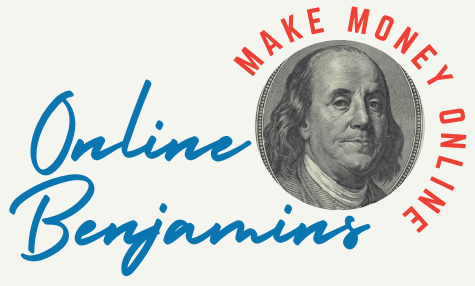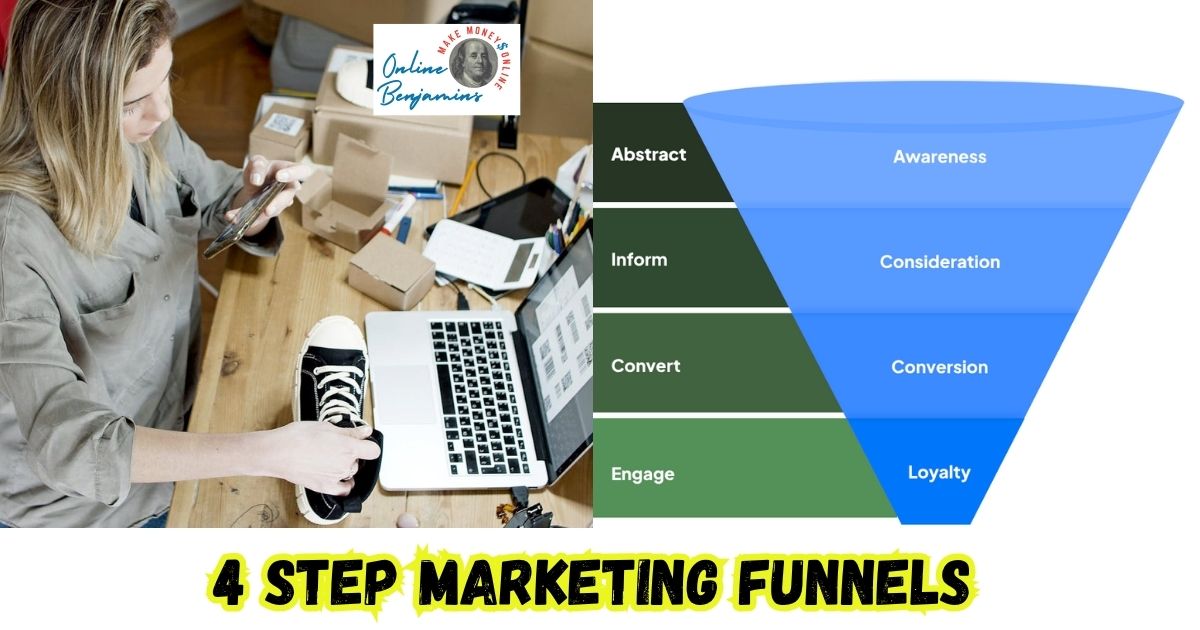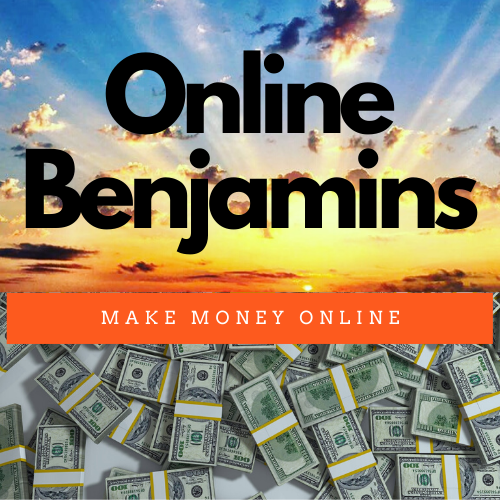Creating a content marketing funnel is a smart way to guide potential customers from first learning about your brand all the way to making a purchase. I’ve worked through this process for my own projects and for clients, and the stages always follow a similar path.
QUICK LOOK: – Common Causes of Marketing Funnel Failure.
- No clear plan: It’s easy to post content just because it’s trending, but without a roadmap, you rarely get impact. Always link your topics and formats right to the funnel stage.
- Poor audience understanding: Generic content rarely connects. Building out clear personas based on research helps tailor everything to what people really care about.
- Low-quality content: Sloppy or rushed posts turn visitors away. I stick to content I can proudly stand behind for value, even if it means I publish less often.
- Skipping lead nurturing: Focusing only on awareness sometimes means ignoring follow-up at the deeper stages. Every connection and follow-up counts.
- Not tracking results: Data clues you in on what’s working and what needs a switch-up. Tracking clicks, conversions, and engagement lets me make tweaks before things stall out.
Each step comes with its own goals and needs a specific approach to content to really connect with people at that point. Let’s jump into how to set up a content marketing funnel, plus practical tips I’ve learned from real-world experience to help you move someone from awareness right through to conversion.
Understanding the Content Marketing Funnel
The content marketing funnel is a model that helps me pair the right content with each phase of the buyer’s journey. The ride usually breaks down into top-of-funnel (awareness), middle-of-funnel (consideration), bottom-of-funnel (conversion), and, for continued growth, the loyalty or advocacy phase. Every stage supports a different kind of connection and content format. Knowing what works best at each point can boost your results and avoid wasted effort.
Years ago, I helped launch a new software tool. When I mapped out content in these phases, we didn’t just see more people coming to the website. More qualified leads reached our sales team because the content spoke to what mattered most at every step. It’s a game plan I come back to repeatedly.
Awareness Stage: Attracting and Engaging New Audiences
At the awareness stage, the challenge is getting on a potential customer’s radar. Folks here are just starting to pick up on a challenge or need and might not know your brand at all. My aim in this part is to make useful, interesting content that matches what people are searching for and addresses their pain points.
Content that works well in the awareness stage usually includes:
- Blog posts that answer burning questions or explain key concepts
- Social media updates for reaching new faces
- Infographics that make tricky topics easy to understand
- Short videos that help explain a problem or introduce a solution in minutes
- Podcasts or interviews with experts in your niche
I remember promoting a new mobile app with simple “how-to” blog articles and quick social videos. People enjoyed practical advice without the hard sell, which got us noticed and brought in traffic.
Consideration Stage: Building Trust and Educating Your Audience
Once someone knows about your brand, it’s time to help them check out possible solutions. In this phase, people are researching, comparing, and searching for answers to more detailed questions. The content here needs to dig deeper, show expertise, and start introducing your product or service as a real option.
My go-to content types for the consideration phase include:
- Detailed guides or whitepapers that highlight expertise
- Case studies with real-world results
- Interactive Content and How-to videos or live demos
- Email series or newsletters packed with tips and trends
- Templates, checklists, and data sheets
- Customer testimonials to build credibility and trust
For one B2B campaign, I designed a downloadable case study and a clear checklist for evaluating suppliers. Downloads almost doubled, and the folks who used these were much more likely to respond to outreach because they’d already found value in our resources.
Conversion Stage: Encouraging Action and Closing the Deal
At the conversion stage, it’s about giving people the last details they need to make a confident decision. Prospects now want proof and simple reasons to say “yes.” Content here should answer all remaining concerns, show off your strengths, and make the next step obvious.
I focus on these for bottom-of-funnel content:
- Detailed product or service pages with direct pricing and features
- Customer success stories and standout testimonials
- Free trials, demos, or consultations to give a taste of the real thing
- Competitor comparison charts for quick head-to-head evaluation
- Special deals or time-limited offers
In my experience, customer reviews and competitor comparisons added to the product page can tip the balance for someone on the fence. Often, just one more small nudge helps a prospect feel good about hitting “buy.”
Post-Conversion: Building Loyalty and Advocacy
After purchase, the chance to build a solid connection is just starting. Keeping customers happy, informed, and engaged means they’re more likely to buy again and even refer others your way.
For loyalty and advocacy, these approaches have worked well for me:
- Product update emails to highlight new features
- Step-by-step tutorials and FAQs to answer common questions
- Exclusive webinars or community groups to build involvement
- Referral programs with cool perks
- Requests for reviews or testimonials
I’ve sent regular tips and how-to guides post-purchase and noticed customers were far more likely to stay involved and even leave glowing reviews in exchange for small rewards. This ongoing content creates the bedrock for lasting growth.
What To Watch Out For When Building Your Funnel
I’ve learned a lot from things that can go wrong with a content marketing funnel. Some common problems come up over and over for many people, including me.
- No clear plan: It’s easy to post content just because it’s trending, but without a roadmap, you rarely get impact. Always link your topics and formats right to the funnel stage.
- Poor audience understanding: Generic content rarely connects. Building out clear personas based on research helps tailor everything to what people really care about.
- Low-quality content: Sloppy or rushed posts turn visitors away. I stick to content I can proudly stand behind for value, even if it means I publish less often.
- Skipping lead nurturing: Focusing only on awareness sometimes means ignoring follow-up at the deeper stages. Every connection and follow-up counts.
- Not tracking results: Data clues you in on what’s working and what needs a switch-up. Tracking clicks, conversions, and engagement lets me make tweaks before things stall out.
When I spotted and fixed these in my own campaigns, both conversion rates and customer satisfaction improved quickly. Taking a step back to diagnose funnel gaps can save a ton of time and resources.
Extra Tips for Building a Strong Content Marketing Funnel
Every content marketing funnel can get a boost by putting a few extra tactics to work. These are some of my favorites:
Use SEO research to guide your content topics. Matching what people already search for gives your content a much better shot at being found.
Rework your best pieces for new channels. If a blog post gets real traction, I’ll turn it into a video or infographic to broaden its reach for my readers or email list. Mixing up the format gets your message more attention.
Automate smartly but keep things personal. I use automated email sequences to smooth the way, but always make sure some messages or follow-ups are one-on-one and personal.
Keep calls-to-action simple and hard to miss. I’ve bumped up conversion rates just by making action buttons big and next steps easy, like “Download Now” or “Book a Demo.”
Keep learning from your analytics and user feedback. Real data and honest comments are gold mines for shaping what comes next and dialing in on what your audience cares about.
Common Questions About Content Marketing Funnels
Here are a few questions I often hear from others as they start shaping or tweaking their funnels.
How long should each funnel stage last?
It varies a lot, depending on your product and market. For lower-cost items, someone could go from first hearing about you to purchase in days. For bigger ticket stuff, it’s often weeks or months. I use my analytics to pick out patterns and adjust my timing accordingly.
What if people fall off before they convert?
I send gentle reminders through email, try retargeting ads, or put out new helpful content. Sometimes, a new example or a fresh special offer is all it takes to win them back.
Do I need a loyalty stage for every type of product?
Even one-off services gain from keeping connections open. Happy customers become some of the best referral sources. For products with subscriptions or regular purchases, loyalty perks matter even more.
Making the Content Marketing Funnel Work for You
In my view, tying content to what your audience needs at every phase, keeping things consistent, and caring about their experience makes a difference. Don’t be afraid to try, learn, and switch things up as you go. Building a content funnel does take effort and patience, but it pays back with stronger leads, more sales, and long-term relationships.
Starting with focused content at each stage is the steady way forward. I’ve seen it work for my own projects and with clients. Set up the basics, keep checking in with your users, and your content marketing funnel will help you win trust and business from both new and loyal fans.
Check Out Our Most Recent Articles:
- Video Content: 6 Tips for Boosting Engagement On Social Platforms
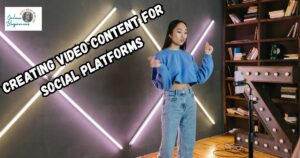
- A 4 Phase Guide to Creating Platform-Specific Content

- Analyzing Social Media Metrics For Content Success

- The Impact Of AI On Content Personalization

- How To Build A Social Media Engagement Strategy in 7 Steps
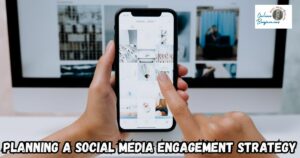
- How To Develop A Consistent Brand Look And Feel

Wishing You Much Success with Your Marketing Funnels,
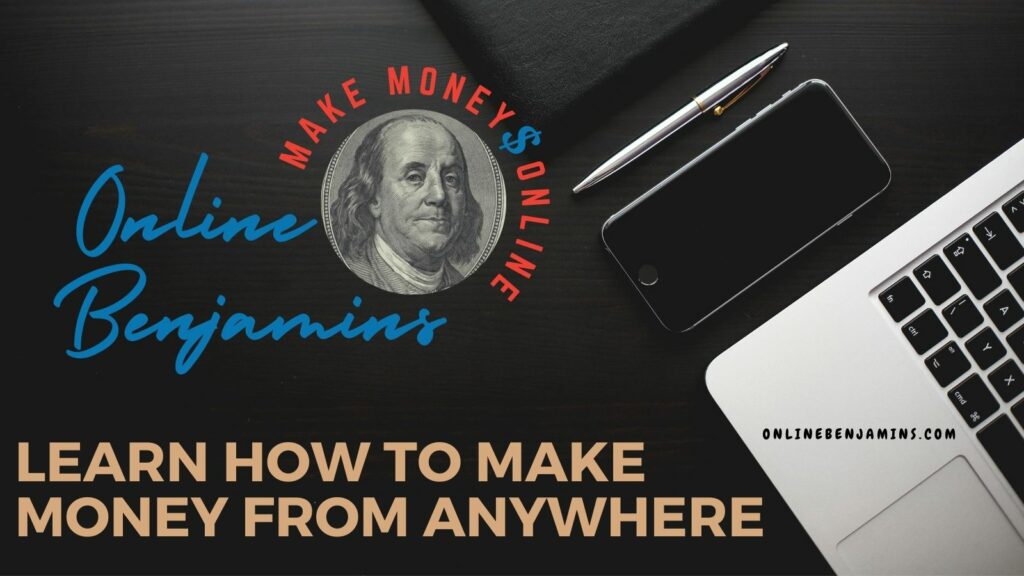
- onlinebenjamins.com
- thebeachangler.com
- thesinnerinthemirror.com
- Facebook: Online Benjamins
- Twitter: @onlinebenjamin1
- Instagram: dotcomdinero
- YouTube: Online Benjamins
Rex
P.S. If you have any questions or are unsure of anything, I am here, and I promise I will get back to you on all of your questions and comments. Just leave them below in the comment section. Follow me on Twitter: @onlinebenjamin1, Instagram: dotcomdinero, and Facebook: Online Benjamins.
Hi,
Thanks for stopping by and congratulations for taking the first steps to building your own online business. I’ve been in business both offline and online since 1997. I would consider it an honor to help you build your business. Father of 3, life long outdoorsman with an education in Genetics and Economics. This site is about cutting through the BS and finding the real opportunities in the online world. I look forward to working with you.
